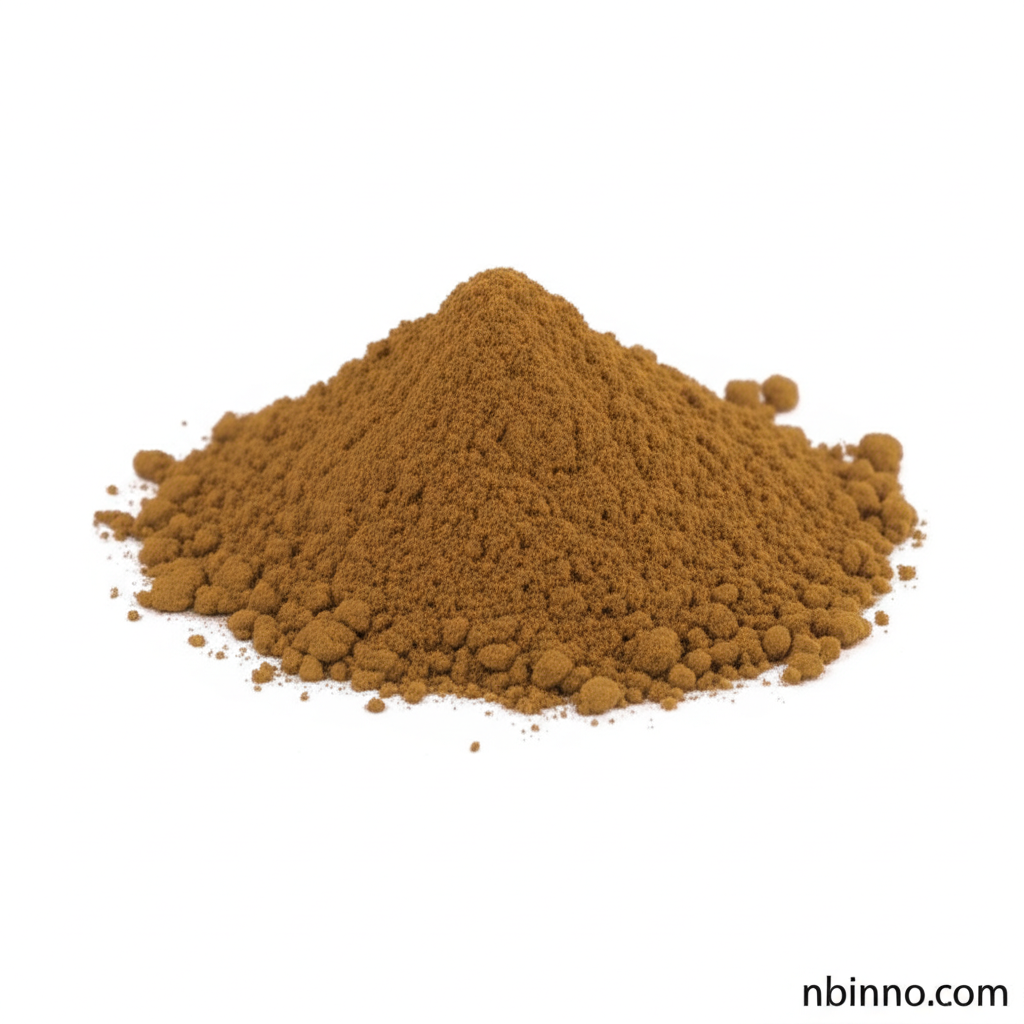Tannic Acid CAS 1401-55-4: Versatile Applications in Food, Industry & Chemical Grades
Discover the multifaceted power of Tannic Acid, a natural compound essential for diverse industries from food and beverages to leather and pharmaceuticals.
Get a Quote & SampleUnlocking the Core Value of Tannic Acid

Tannic Acid
Tannic acid, also known as tannin, is a naturally occurring polyphenol derived from various plant tissues. Celebrated for its potent astringent taste and exceptional protein-binding capabilities, it’s a foundational chemical for numerous industrial and specialized applications, available in food, industrial, and chemical grades.
- Enhance color fastness with Tannic Acid dyeing mordant supplier: As a key textile auxiliary, it dramatically improves dye fixation and color vibrancy in fabrics.
- Explore high-purity tannic acid (CAS 1401-55-4) for food, industry, and chemical grade uses: Its versatility spans from enhancing wine characteristics to being a critical ingredient in leather production.
- Benefit from its natural antioxidant properties: Tannic Acid offers robust protection against oxidative damage, making it valuable in skincare and pharmaceutical formulations.
- Discover tannic acid for leather tanning: Forming stable complexes with proteins, it transforms animal hides into durable, flexible leather, a cornerstone of the leather industry.
Key Advantages of Using Our Tannic Acid
Exceptional Binding & Astringency
Leverage Tannic Acid's strong protein binding and astringent properties for effective tissue contraction in cosmetics or stable complex formation in industrial processes, including its vital role as a tannic acid dyeing mordant supplier.
Potent Antioxidant Protection
With its inherent antioxidant properties, Tannic Acid helps safeguard against free radical damage, a crucial benefit whether you are searching to buy tannic acid CAS 1401-55-4 for pharmaceutical or skincare applications.
Eco-Friendly & Stable Formulation
As a biodegradable, plant-derived compound, Tannic Acid is environmentally responsible. Its relative stability under normal conditions ensures reliable performance across diverse uses, from tannic acid industrial applications to delicate food processing.
Key Applications
Leather Tanning
Tannic Acid is indispensable in the leather industry, where it is primarily used in tannic acid for leather tanning to convert raw hides into durable, high-quality leather through its unique protein-binding capabilities.
Food & Beverage Enhancement
In the food sector, Tannic Acid food grade uses range from a flavoring agent in chewing gum to a clarifier and stabilizer in wines and other beverages, enhancing sensory profiles and shelf life.
Textile & Ink Production
Functioning as a crucial mordant, Tannic Acid significantly improves dye fixation, leading to better color fastness in textiles. It also plays a role in the stable pigment formation for various ink types, making it a key Dyeing Auxiliary.
Cosmetics & Pharmaceuticals
Its astringent, antimicrobial, and Tannic Acid antioxidant properties make it a valued ingredient in skincare for toning and pore minimization, and in traditional medicine for wound healing and inflammation reduction.
